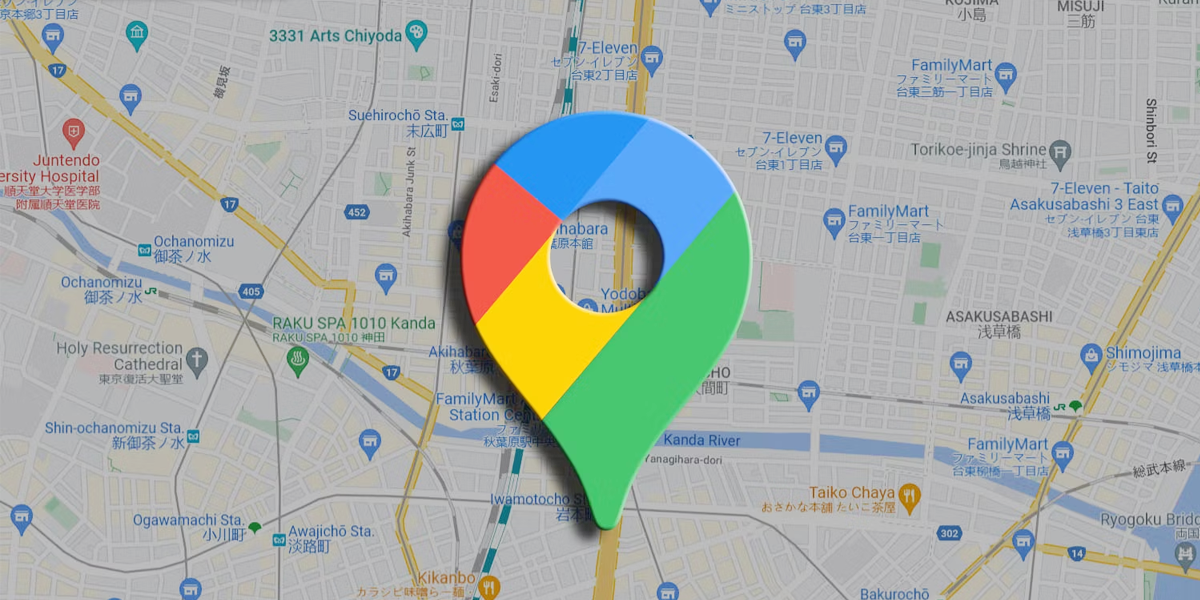Highlights
- Google Maps will store location history on devices instead of the cloud.
- Timeline data will be removed from Google servers after December 1st.
- Users must save location history from the last 90 days on their devices.
- Enhanced privacy with on-device storage but limited multi-device access.
In a big step for greater user privacy, Google Maps is making a major change to how it stores user location data.
History will no longer be stored in the cloud by Google Maps.
User location history, called Timeline and formerly known as Location History, was linked to Google accounts and, hence, stored in the cloud.
For some users, this might have raised potential privacy issues.
Google Maps Changes Where it Stores History

Starting December 1st, Google is doing away with the cloud-based storage for location data.
Instead, users will be offered to store location history directly on their devices.
This means that from here on out, Timeline will not be available on the web and will not tie in with a user’s Google account—rather, just the device used.
Google announced this upcoming policy change via emails sent to the users.
If users would like to keep a record of their location history from the previous 90 days, they can do so on their device before December 1st.
All data older than 90 days will automatically be removed from the servers owned by Google.
In case someone wants to keep using Timeline, there is a simple process in Google Maps.
One can go to their profile picture and click on Timeline, after which settings can be adjusted according to the users.
One of those choices includes either manual deletion or deletion after a duration defined by the user.
Google Committing to User Privacy

This push toward on-device storage is another reflection of Google’s general move over the past few years toward making devices more privacy-respecting.
Previously, the company had gone so far as to remove sensitive categories of locations, such as medical and personal service locations, from location history.
In that on-device location storage, too, the user’s data is exposed for the least amount of time on the cloud, giving the least possible space for unauthorized access.
While this move to on-device storage provides improved security and user control of location data, there is another side to it.
Users that are reliant onmulti-device access to their Timeline may find this change inconvenient since they will not be able to access their Timeline using the web interface anymore.
Furthermore, users who upgrade devices or lose their phone will also lose access to their location history.
FAQs
What change is Google Maps making to location history storage?
Starting December 1st, Google Maps will store user location history on their devices instead of the cloud.
Why is Google making this change to location history storage?
Google is enhancing user privacy by reducing the potential exposure of location data stored in the cloud.
What happens to my existing location history on Google servers?
Data older than 90 days will be automatically deleted from Google’s servers. Users must save their recent history on their devices.
How can I manage my location history on Google Maps?
Users can go to their profile picture in Google Maps, select Timeline, and adjust settings to manage location history.
Will I still be able to access my Timeline from multiple devices?
No, with the new change, Timeline will only be accessible on the device where the history is stored, not via the web.
Read More: Google Pay in collaboration with Pine Lab starts Tap to Pay for UPI in India
Also Read: Google Maps for Android Now Features Real-Time Weather and AQI Updates
Also Read: Google Maps Rolls Out Glanceable Directions for Easier Navigation
Also Read: Top Google Maps Alternatives for Privacy-Conscious Navigators
